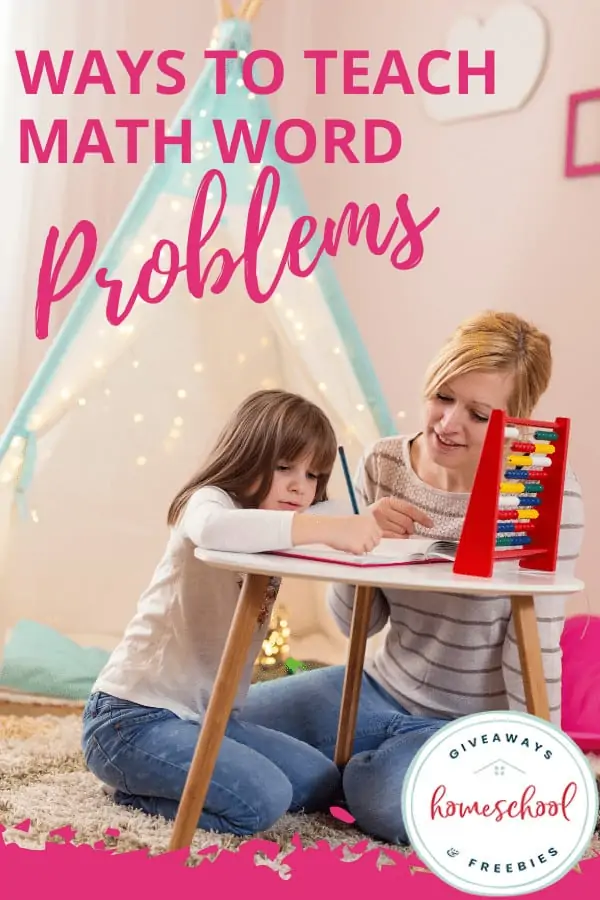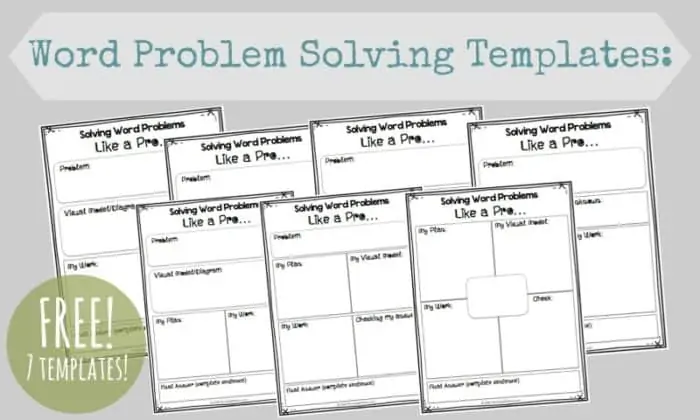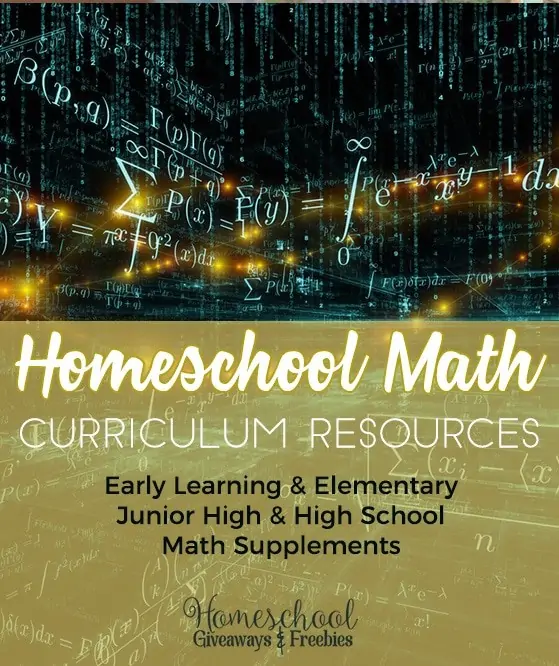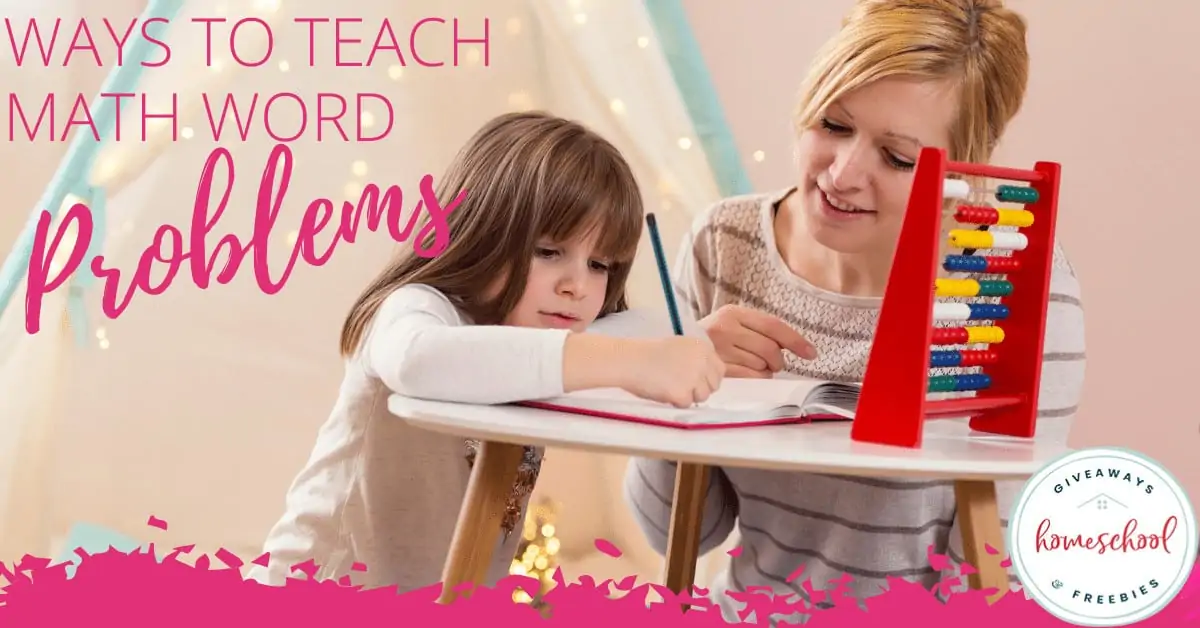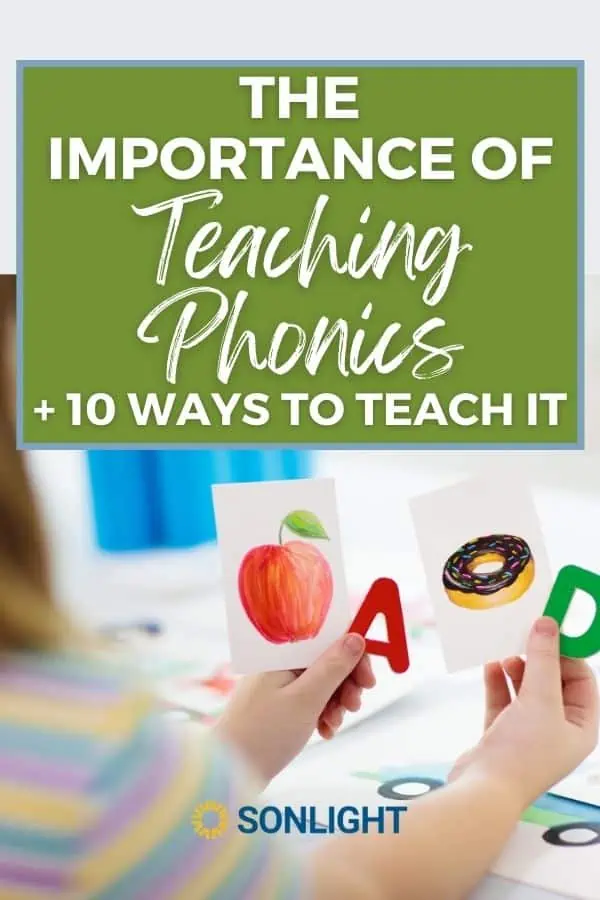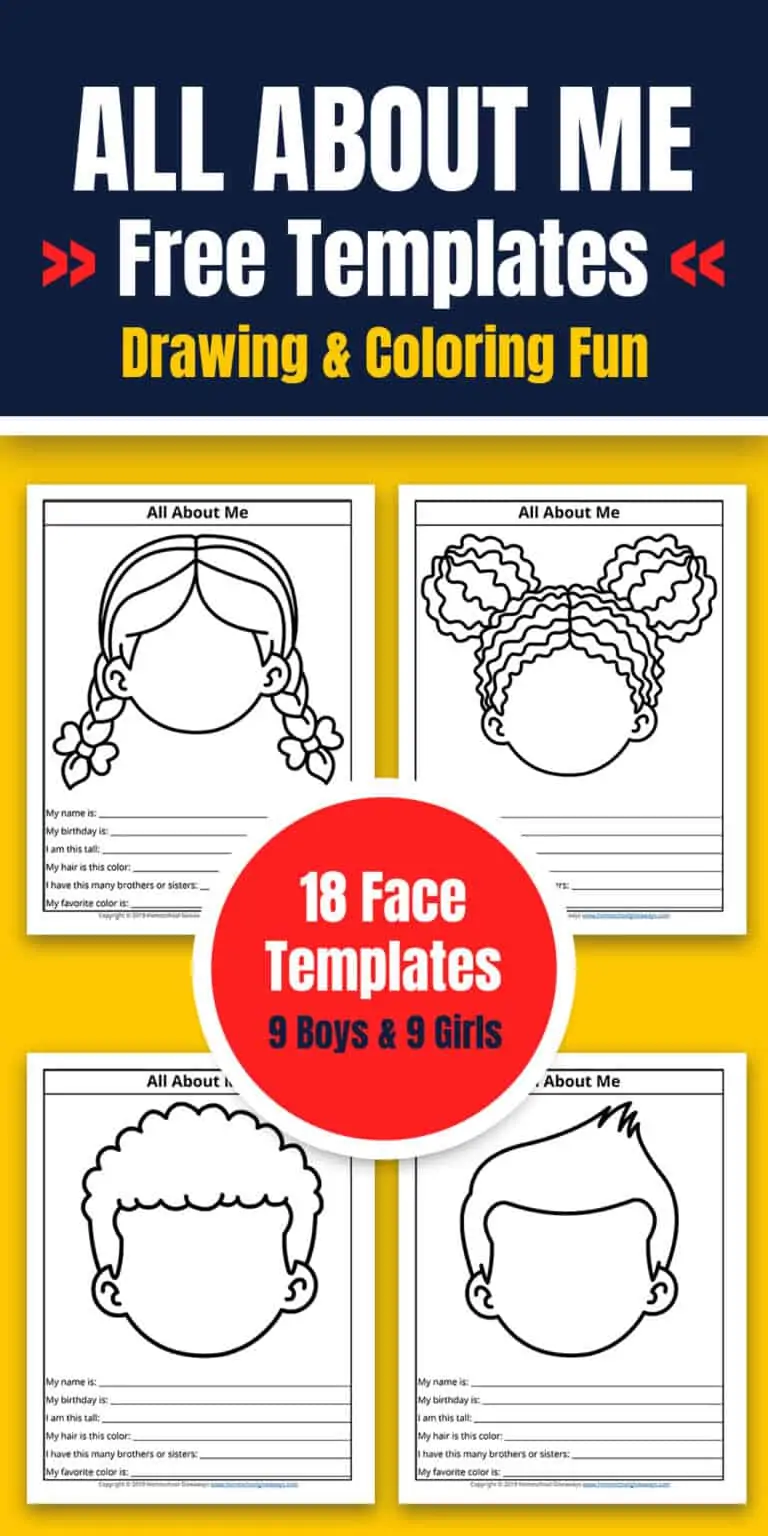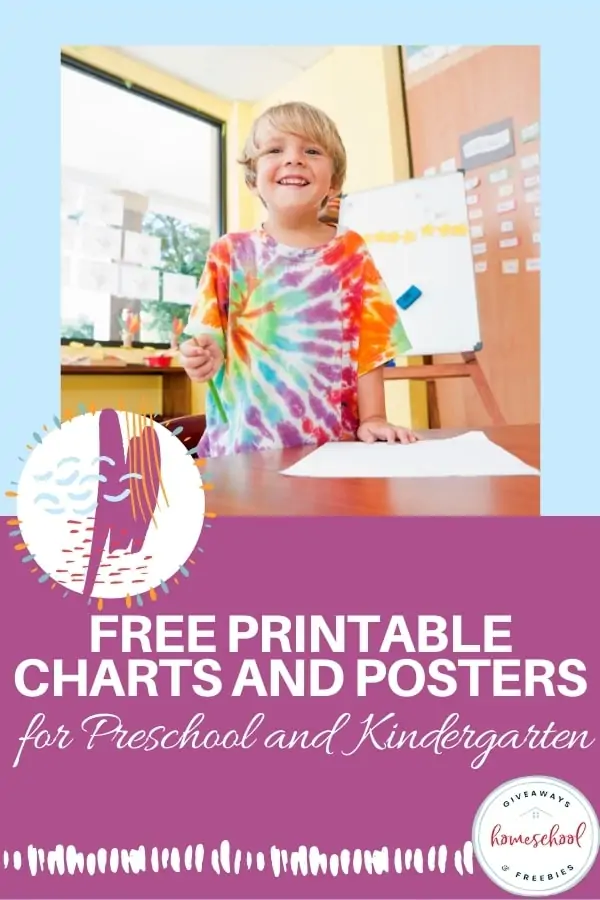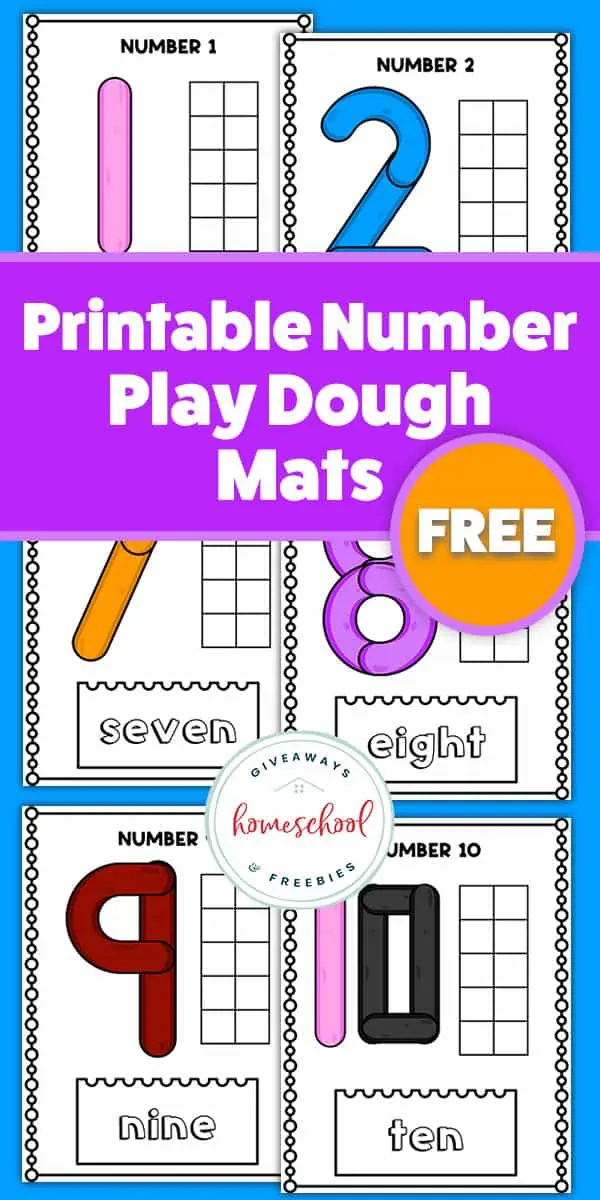Ways to Teach Math Word Problems
Published:
April 3, 2020
Contributor:
Jeannette Tuionetoa
Disclosure: This post may contain affiliate links, meaning if you decide to make a purchase via my links, I may earn a commission at no additional cost to you. See my disclosure for more info.
Word problems are one of those topics in math that I never really understood a kid. Thankfully as I grew older, I was able to help my kids with working through the problems successfully. It wasn’t easy. If you will be tackling math word problems soon or your child is struggling with them now, I hope these ways to teach math word problems will be able to help.
The word problem struggle
Is it me, or do many kids struggle with word problems? I remember reading them as a child, and it might as well have been in a different language. I try to remind myself that when my kids are having issues with them. Word problems just plainly can be tricky for learners.
There are several topics kids need to be OK at before they can even tackle a word problem (i.e. addition, subtraction, multiplication, division, fractions, etc.). If your child hasn’t perfected any of these topics, then it is inevitable that they will have issues solving word problems. That is why word problems are worth a few points when grading. It is because there is leeway for the steps that kids just didn’t get.
When kids attempt to get the right answer, they have to first read well, have good reading comprehension, figure out which math operation/order of operations they need to use, and then make sure their calculations are done correctly. Don’t forget to show all the work!
If kids do well in math, but word problems give them trouble it is understandable. They have to read, get math concepts and phrases but it doesn’t stop at the learning bit. Kids also need to be focused and have the control to be patient as they figure out all these things. That did not go well with my high-energy boy.
Whether your kids get lost in their heads with distractions, or they skip through important clues to finish the problem, we have to keep these things in mind when tackling word problems. Our kids are different so how they learn won’t be cookie-cutter, and that is OK.
There may be challenges for your kids, but check out these ways to teach math word problems that you can try alongside your lessons.
1. It is essential to build skills before tackling word problems, then make word problems into skill development.
There is just no way around it. Getting kids comfortable with math concepts is vital. Then when your kids tackle the word problems, they are not just answering the questions, but they are solving issues, coming up with solutions.
A common error that parents make is adding word problems to lessons right after they teach a math topic. They teach multiplication, for instance, then give word problems right after that topic. When you do that, kids automatically know that the word problem is about that topic, in this case, multiplication.
In making this habit, you are significantly hindering the whole point of word problems. That is why I say, get kids to understand math concepts first. Then they can face the world problems with the tools they need to “figure” it out themselves.
Giving them word problems after every concept doesn’t provide them with the ability to think about which concept or math operation to use for solving the word problem. Open their mindset to discover which operation will get them to the solution.
C. S. Lewis, in The Great Divorce, says, “If your only tool is a hammer, then every problem looks like a nail.”
2. Eliminate the “number” pressures first.
Let me explain. When you are reading word problems with your kids, “bleep” out the numbers, totally delete them (keeping them handy somewhere else, of course). By eliminating the numbers, kids aren’t wrapped up around where to put the numbers and if they are going to get them wrong or mixed up.
When kids see numbers on a word problem, their eyes automatically go to them, and they start wondering where the numbers go. They worry about getting the answer wrong, instead of troubleshooting what the problem was trying to ask.
The main idea is to get the kids to understand the route to the answers. You can even give your kids the solution number to the problems. It takes the pressure off them trying to find it. The important thing is to figure out how to get the answer. This really helped my kids the most and relieved some pressure of getting the answer right.
3. Take it to step by step.
Ask questions about which math operation is needed for the word problems first. Give your kids a slew of word problems, then ask them ONLY to figure out which math operation is required to solve it. Once they get comfortable with this, then move on to the next step.
Next, you can take the same batch of word problems, and ask your kids to highlight the important parts of the word problems and the parts of the word problem that are not very important at all.
See. Now that they have gotten comfortable figuring out which operation to use, then extract the important information they need… they have the confidence and tools needed to do their calculations. If you have built up their skill sets in this manner, then chances are, kids will feel a lot more comfortable with word problems.
Numberless Word Problems For First Grade| Primary Bliss Teaching
4. Use the 5 Step Word Problem Attack Plan.
When kids see a paragraph of information together with numbers jumbled into them, it can get intimidating.
To break up the process for them, use this technique so they can ease their way through the problem. Note: This is NOT my 5 steps, I found it in several places online.
Your kids can practice answering these five problems before attempting to solve the word problem
Step 1: Read the problem and think, “What is this problem about?”
Step 2: Reread the problem and think, “What is the problem asking?”
Step 3: Plan your “attack” and think, “What is the best way to solve this problem?”
Step 4: Solve the problem and think, “What operation should I use?”
Step 5: Check your answer and think, “Does my answer make sense? Is my math correct?”
5. Compare word problems side by side.
Looking at the differences and similarities between word problems can get kids familiar with varying differences between the word problems. They can decipher and understand why and when to use which of the operations.
First, use similar word problems then add different ones for them to compare. Again, this is always contingent on kids being familiar with the math concepts. Practice in telling differences and comparing provides kids with different experiences for thinking about how to solve world problems.
Side-By-Side Comparison FREE Templates | LauraCandler.com
Here are some tips that can help your kids as well:
- Let them know that even though books teach us to look for keywords. The keywords can trick them, so they make sure they pay attention.
Example: Angie has 22 dresses. She has 7 less than her sister Mary Anne. How many dresses does Mary Anne have?
Although this problem has the word “less”, which we usually attribute to subtraction, our kids actually have to add to get the answer for this word problem… What tricksters!
- Not all word problems even include keywords. So looking for keywords is most of the time, a falsity.
Solving Word Problems Without Relying on Key Words FREE Printable | Jennifer Findley
- As much as you can, try to teach word problems with real-life situations. It just helps the kids to relate to the problems more for understanding. Stay relevant to them.
- Practice makes perfect. Give kids a lot of practice and a lot of refreshers. Word problems are significant for critical thinking skills and are beneficial throughout your child’s education.
- Keep the numbers simple at first, then gradually increase the difficulty as kids get better at solving the word problems.
Scroll down to access free word problem resources.
Grab some of these free printables to help you with ways to teach math word problems at home:
FREE Word Problem Templates | Math Geek Mama
Two Step Word Problems – Addition and Subtraction- Distance Learning | Differentiation Corner
FREE Resource for Teaching Multi-Step Word Problems | Teaching Made Practical
FREE Printable Math Story Problem Reference Guide | Teaching Tipsters
Word Problem Detectives FREE Task Cards | Classroom Freebies
FREE Word Problem Strategies Mats | Jennifer Findley
Math Word Problem Types Posters for Addition and Subtraction | Primary Bliss Teaching
Fractions FREE Download Distance Learning | Meredith Anderson – Momgineer
Remember that word problems aren’t only about solving for an answer and not about figures/numbers. Word problems are more about critical thinking and reasoning to get outcomes.
I will leave you with a quote from S.Y. Gillan who wrote the book, “Problems Without Figures:”
…Adding, subtracting, multiplying, and dividing do not train the power to reason, but deciding in a given set of conditions which of these operations to use and why is the feature of arithmetic which requires reasoning.
Let’s get our kids to start reasoning more than they are trying to get the answer right.

